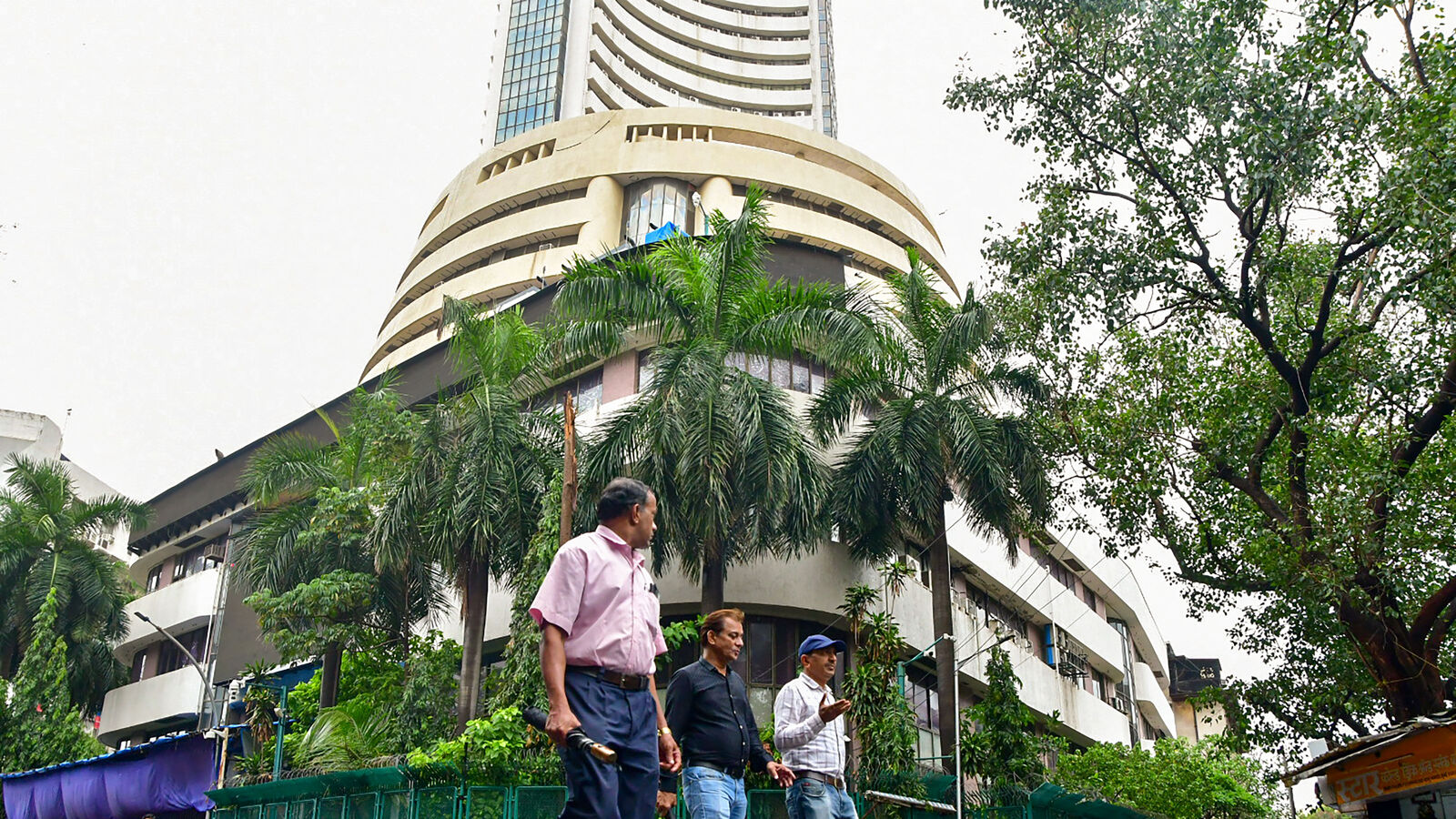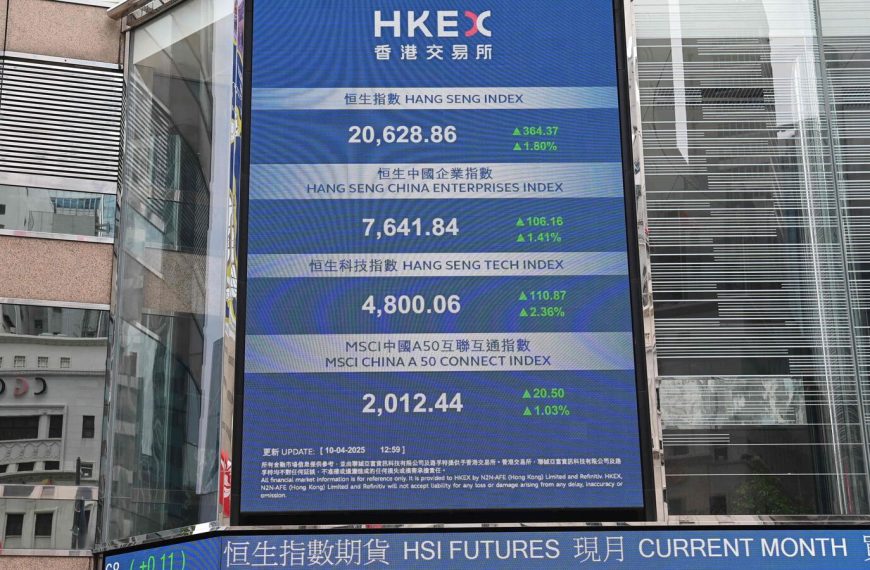On April 7, the Indian stock market faced a significant setback, with both the Sensex and Nifty 50 indices plummeting by over 3%. This steep decline was primarily fueled by a global market downturn, spurred by concerns over U.S. President Donald Trump’s tariff strategies and rising anxieties that a prolonged trade conflict could potentially push the international economy into recession.
A Historical Perspective on Market Crashes
While recent events remind many of the infamous Harshad Mehta scam of 1992 and the 2008 global financial crisis, few are aware that India’s first recorded stock market crash occurred in 1865, nearly 150 years ago, and intriguingly, it had ties to the American Civil War.
The Cotton Boom and Its Aftermath
During the American Civil War (1861-1865), the supply of cotton from the Southern U.S. was disrupted, causing British textile mills to turn to Bombay (now Mumbai) for their cotton needs. This sudden demand led to an explosive boom in cotton exports.
- Booming Cotton Prices: The influx of business prompted local traders and speculators to dive into the cotton market, which directly impacted share prices in the informal trading environment of the time.
- Surging Share Prices: Companies experienced meteoric rises in their stock values. For instance, shares of the Back Bay Reclamation Company, initially valued at ₹5,000, skyrocketed to a staggering ₹50,000. Similarly, shares of the Bank of Bombay jumped from ₹500 to ₹2,850.
The Collapse
The jubilation was short-lived. In April 1865, as the American Civil War drew to a close, cotton shipments from the U.S. resumed, leading to a sharp decline in prices.
- Market Panic: The once-booming market quickly turned into chaos as investors who had heavily leveraged themselves began to panic. The speculative bubble burst, resulting in a dramatic market crash.
- Significant Losses: Stocks that had seen unprecedented highs faced staggering declines. The Back Bay Reclamation Company’s shares plummeted to below ₹2,000, a staggering drop of over 96%. Likewise, the Bank of Bombay’s shares fell from ₹2,850 to just ₹87, erasing substantial investor wealth.
The Ripple Effect
The impact of this market crash reached beyond stocks. The real estate sector in Bombay collapsed alongside the stock market, as property values had also risen during the cotton boom.
- Bankruptcies and Economic Turmoil: By mid-1865, numerous investors faced bankruptcy, leading to widespread defaults among banks and merchants who had extended credit during the boom. This crisis is often referred to as the "Share Mania of 1865," marking a significant chapter in India’s financial history.
The story of the 1865 crash serves as a cautionary tale about the volatile nature of markets and the importance of prudent investment strategies. Today, as we reflect on both past and present stock market dynamics, it becomes clear that history often repeats itself.
For real-time updates on the stock market, stay tuned for the latest developments!











